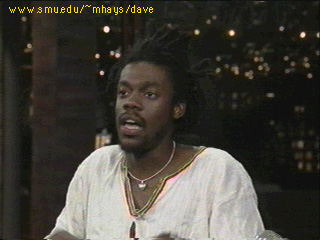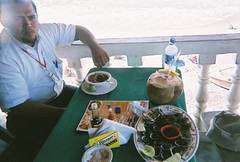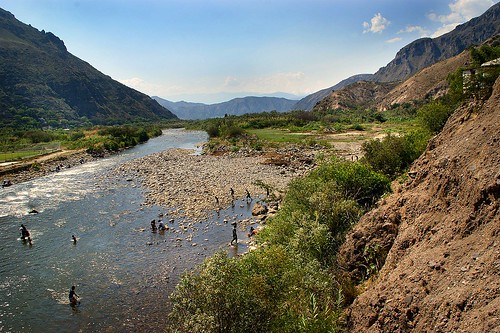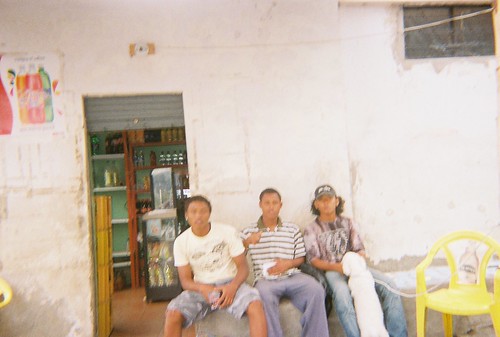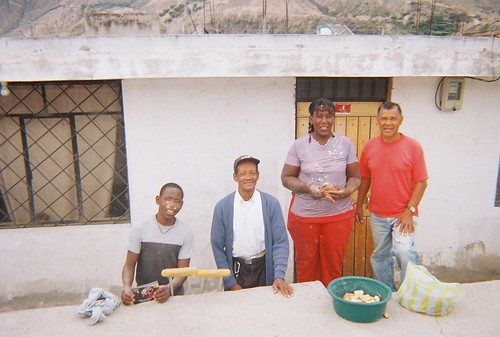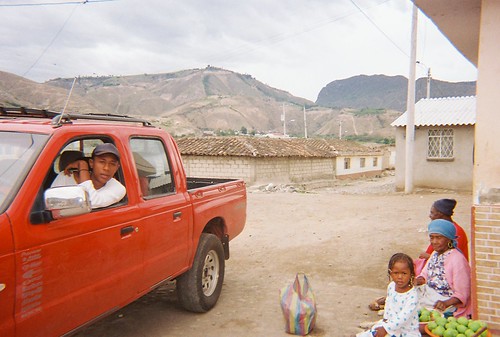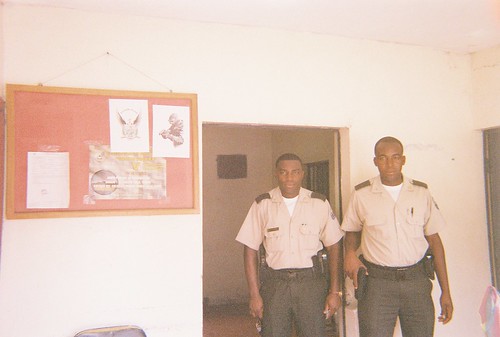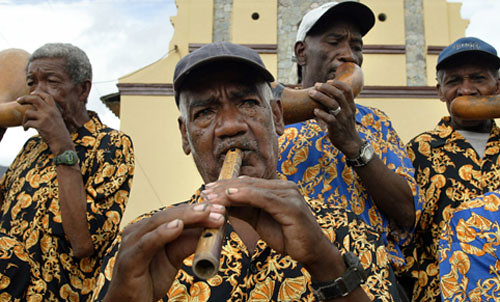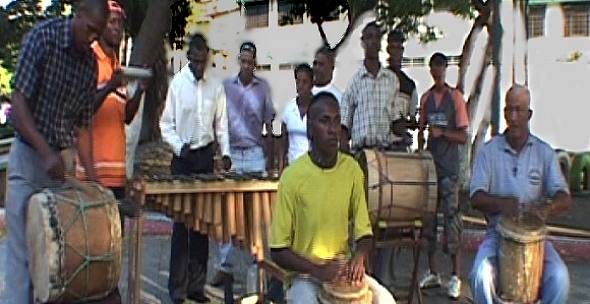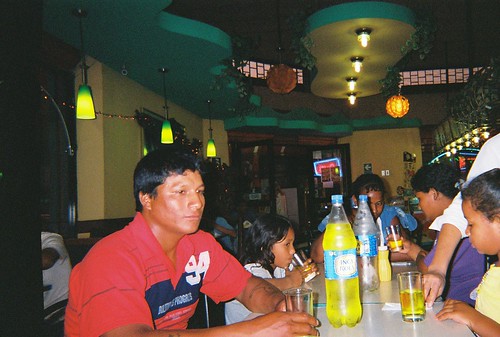
As one who has traveled to five Latin-American countries, three Asian countries, and three North-American countries, I take pride in avoiding most tourist attractions and staying as close to the locals as possible. In my opinion, it is among the locals where you get a real sense of the country's people and language. Juan, an Afro-Venezuelan friend said it so well, “the barrio (the hood) is where the culture is.” I certainly agree!

People think I'm a black relative of Bill Gates or Donald Trump when I'm traveling. HA!
However, I'm finding that an unfortunate trade-off is unfolding here. I make only a modest income. However, to people in many countries, I'm equal to a Bill Gates or a Donald Trump. As I get closer and more acquainted with those whom I visit, more are beginning to assume that I'm an ATM machine. One lady with whom I have a very good rapport, showed me her gas and electric bill asking for help.
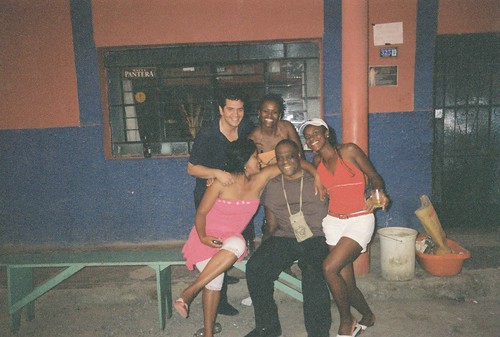
I stayed in a family home in El Carmen, Perú
A dance instructor in El Carmen, Perú asked me about my motive for hanging out in a poor, non-touristy area when most visitors stay in nice hotels and go to tourist attractions like Macchu Pichu. My response was (#1), to improve my level of Spanish fluency by living amongst everyday people. (#2), to learn more about the black experience, history and culture as my hobby is exploring black heritage in Latin American countries. You don't learn these things hanging around major hotels and tour guides.
To get around, I prefer as much as possible, to use the same type of public transportation as the locals. Of course, dressing down is important because you don't want to be marked as a tourist with fancy clothes and bling-bling; it invites robbers, pickpockets, and cheats, especially when traveling alone. It's rough enough when I open my mouth and it becomes evident that I'm a foreigner.

As much as possible, I use the same mode of public transportation as the locals to get around.
Most of my time was spent among the so-called lower class. On two occasions I ventured into one of Lima's roughest neighborhoods, La Victoria, where Perú's famous, historically black soccer team Alianza Lima have their stadium. What did I do? I went into the area wearing an Alianza Lima team jersey. Thus instead of being harassed, I was cheered. People shook my hand. Others drove by honking their horns and giving me the thumbs up shouting "ALIANZA LIMA-A-A-A-A-A-A-A! I wonder if they thought I was one of the players. After all, I did fit the profile--black and athletic :-)

As a traveler, I endure a standard of living that will “annoy” the average tourist. As a result, I had more spending money to enjoy myself, and at the same time, help others who need the help in a way that I can afford. It was a total joy, a heartfelt pleasure, and worth every penny to see how they were enjoying my company and my treats as I achieved my goal of making lifetime friends, learning the cultures, but most importantly, improving my Spanish.


